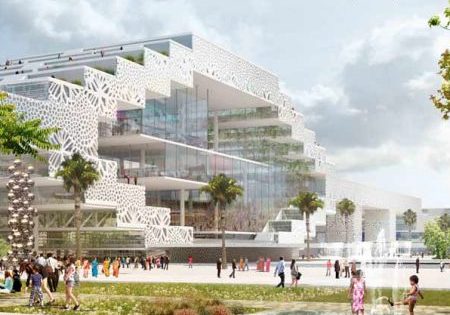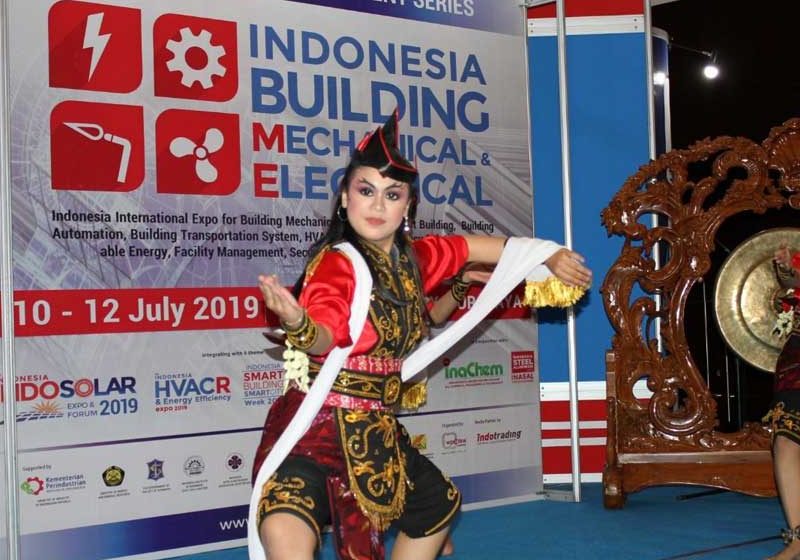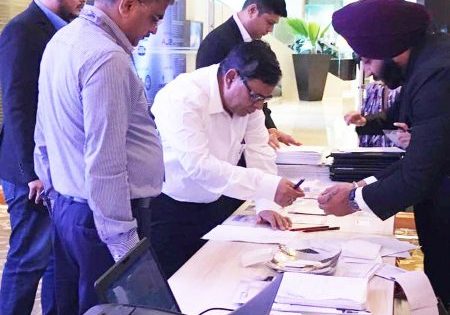Turning Tide
Dec 1, 2019
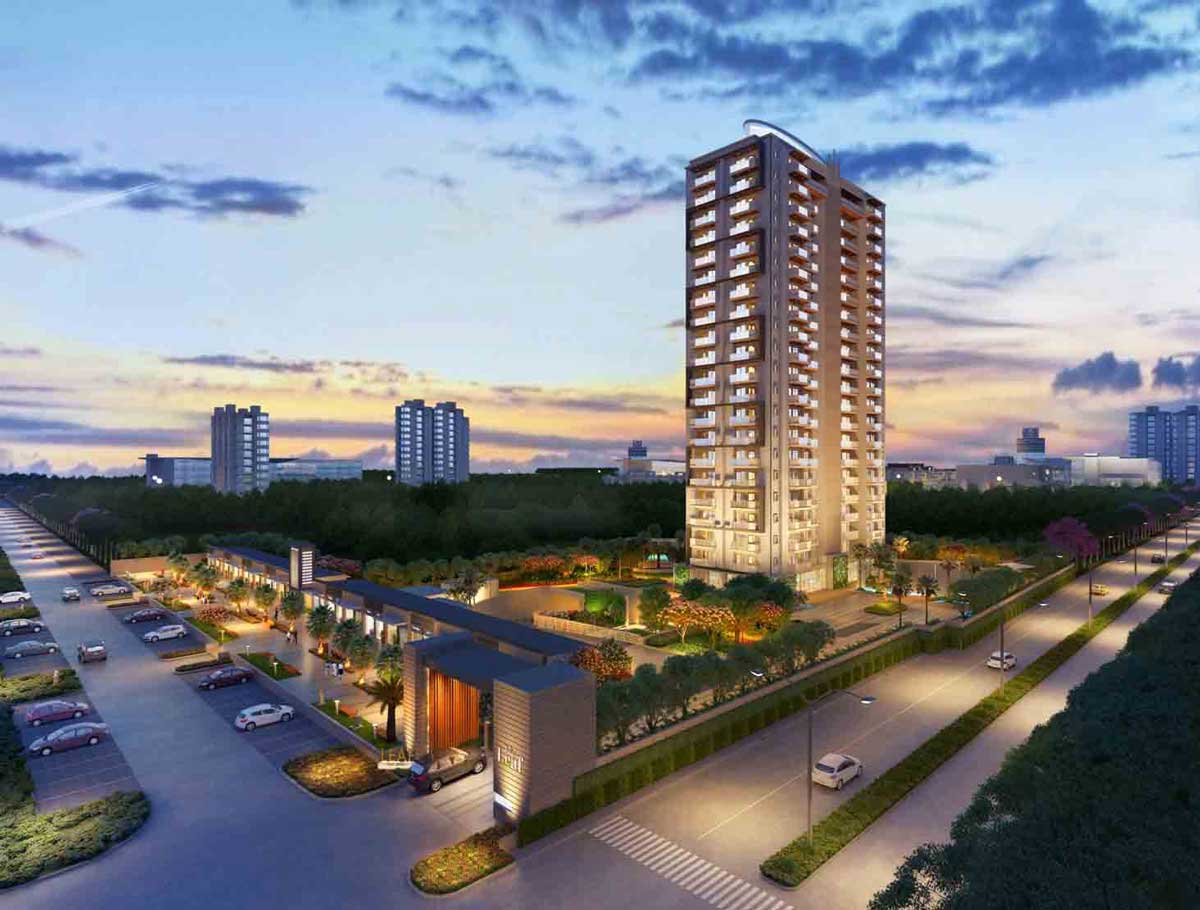
Various factors usher in a positive era for the real estate and VT sectors.
The proverb “It’s always darkest before the dawn” definitely applies to India’s real estate sector. Regulatory measures initiated to increase transparency and accountability — including demonetization, the Real Estate Regulatory Authority and the Goods and Services Tax — had a snowball effect, confusing potential buyers and rendering them fence-sitters. Doomsayers took the opportunity to declare a possible market collapse, which again deterred people from finalizing purchases. Consequently, concerns were raised about the vertical-transportation (VT) sector.
With the final quarter of 2019 upon us, two things are obvious: for starters, light is, at last, visible at the end of the tunnel. Next, the government has finally stepped forward to intervene, announcing measures to provide an impetus for real estate development. In response, developers shared insights on their expectations for 2020 and after.
Commenting on recent announcements by Finance Minister Nirmala Sitharaman, Manju Yagnik, vice chairperson of Nahar Group and vice president, National Real Estate Development Council (Maharashtra), said:
“After two consecutive announcements to reverse the national economic slowdown, there is movement in the real estate sector with the ‘going for growth’ initiative. Having announced an addition to external commercial borrowing (ECB) norms for the affordable-housing sector, the government is now relaxing guidelines for the same to facilitate financing to all potential homebuyers across the country. This is promising and should result in movement on stalled projects. A special [financing] window is now being put into place to provide funds to stalled Non-Performing Asset (NPA) or National Company Law Tribunal (NCLT) projects that are almost complete but stuck due to lack of last-mile funds. It is a smart move on the government’s part to allocate professionals from the housing and banking sectors to run this window.”
Manoj Gaur, managing director, Gaurs Group and chairman, Affordable Housing Committee, Confederation of Real Estate Developers’ Associations of India (CREDAI), agreed, opining that announcements to boost the housing sector are welcome. He expects several mid-income and affordable housing projects that are progressing slowly due to lack of funds will be expedited as a result of setting up the special financing window, to which the government and outside investors each will contribute INR100 billion (US$1.4 billion). Relaxing ECB norms for affordable housing should also boost demand as the cost of housing finance company funds will be lower, he added.
Omaxe Ltd. CEO Mohit Goel said the finance minister’s announcement of a special window of INR100 billion (US$1.4 billion) for projects that are 60% complete, non-NPA and non-NCLT will likely help ensure speedy delivery of projects. The measures will boost homebuyer confidence, he observed.
Moreover, the prevailing yield on 10-year treasury bills is hovering around 6.6-6.7%. The government’s decision to link home loans to this yield effectively means an interest-rate reduction for government employees, which constitute the majority of homebuyers. Goel feels this also augurs well for the sector ahead of the festive season.
Pradeep Aggarwal, cofounder and chairman, Signature Global, and chairman, National Council on Real Estate, Housing and Urban Development of the Associated Chambers of Commerce and Industry of India, observed the latest announcements will help the government achieve its objective of “Housing for All by 2022.” Government efforts to boost affordable housing also include an additional deduction of up to INR150,000 (US$2,115) for interest paid on home loans taken through March 31, 2020, for the purchase of a home valued at up to INR4.5 million (US$63,483). This promises to increase affordable-home sales in tier-II and -III cities, he underlined.
At least one new launch reflects the renewed optimism. Tulip Infratech, one of the leading real estate development organizations in Gurgaon, recently announced Tulip Leaf, a single, 20-story tower housing 80 luxurious, three-room apartments and lavish amenities.
Tulip Leaf will have four apartments on each floor served by two high-speed elevators, both of which will be within the residential tower in the central core.
Lifestyle amenities include water features, a swimming pool, a club, a community center, a shopping arcade, a children’s play area, a skate park, a cricket practice pitch, a jogging track, tree-lined roads and walkways, a yoga deck, landscaped green lawns and ergonomic street furniture.
The development is located on a 60-ft-wide road in Sector 69 of Gurgaon, touching the Southern Peripheral Road. It is about 0.5 km away from a proposed metro line, and easily accessible from DLF Cyber City, airports and other parts of Delhi. It is in close proximity to schools, colleges, hospitals, entertainment destinations and more.
Amit Modi, director, ABA Corp. and president-elect, Confederation of Real Estate Developers Association of India, western Uttar Pradesh, shared:
“We really appreciate the recent steps announced by the finance minister to boost the housing sector and are happy that certain provisions demanded by the real estate sector have finally been put on paper, especially the direct linking of repo rates to interest rates. It was a constant complaint of both homebuyers and real estate industry professionals that, while the Reserve Bank of India was reducing rates at regular intervals, banks were using it to shore up their bottom lines, rather than passing it to the end consumers. Hence, homebuyers were always left in the same situation.” 🌐
Ensuring Trained Manpower for VT
by R.V. Joshi
India’s elevator market is expected to experience a compound annual growth rate of more than 8% in the next three-four years due to increasing urbanization, rising construction of high-rise buildings, a growing real estate sector and infrastructure improvements in major cities. The government’s focus on building high-class infrastructure, coupled with government initiatives such as “Smart Cities,” are also expected to drive demand for elevators. Further, the Government of India is also focusing on airport and railway-station modernization, and this is also projected to drive the VT market, which is good news for manufacturers.
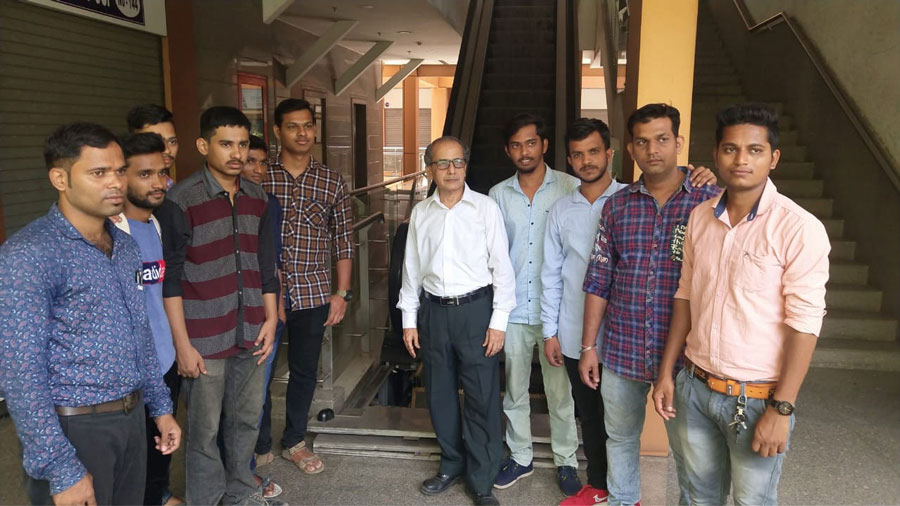
To meet the consequential increase in demand for trained lift technicians, Mumbai-based Lalji Mehrotra Technical Institute (LMTI) started its Lift and Escalator Mechanic course in academic year 2017-2018. This course is offered by the Maharashtra State Board of Vocational Education.
LMTI had encouragement and cooperation from both the elevator and electrical industries from the beginning. Their active participation in the course through various activities, like delivering guest lecturers for the students, organizing field and factory visits and conducting campus drives, highlighted the need for such a course.
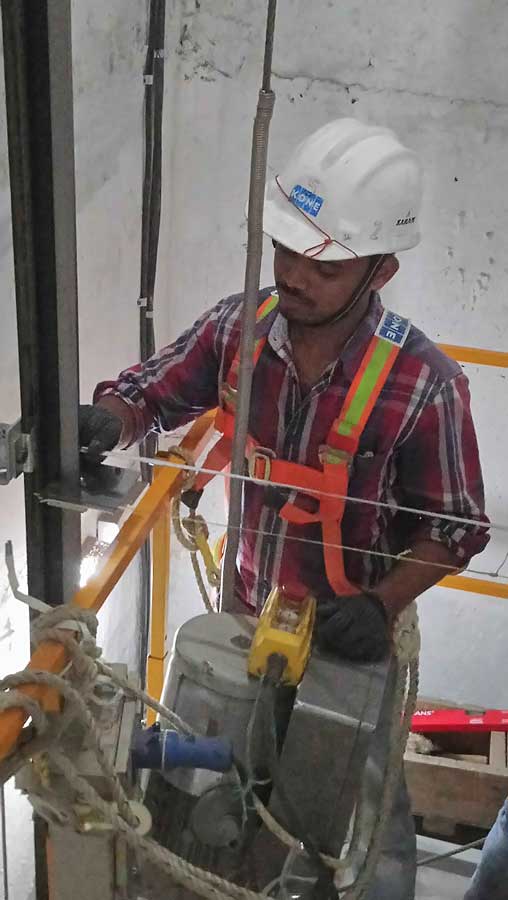
Some of the students have been hired by leading elevator companies. This positive industry response, as well as in forums like the lift and escalator division of the Indian Electrical & Electronics Manufacturers’ Association, only highlighted the need for such a course. Based on industry needs, LMTI decided to start a two-year, full-fledged ITI course for lift and escalator mechanics, making it the first institute in Maharashtra to do so. Upon getting government affiliation in mid-2019, LMTI started this course in academic year 2019-2020. Going forward, LMTI expects to meet the industry demand of trained manpower through this newly introduced course.
R.V. Joshi is head of the lift and escalator department, LMTI.
Get more of Elevator World. Sign up for our free e-newsletter.



